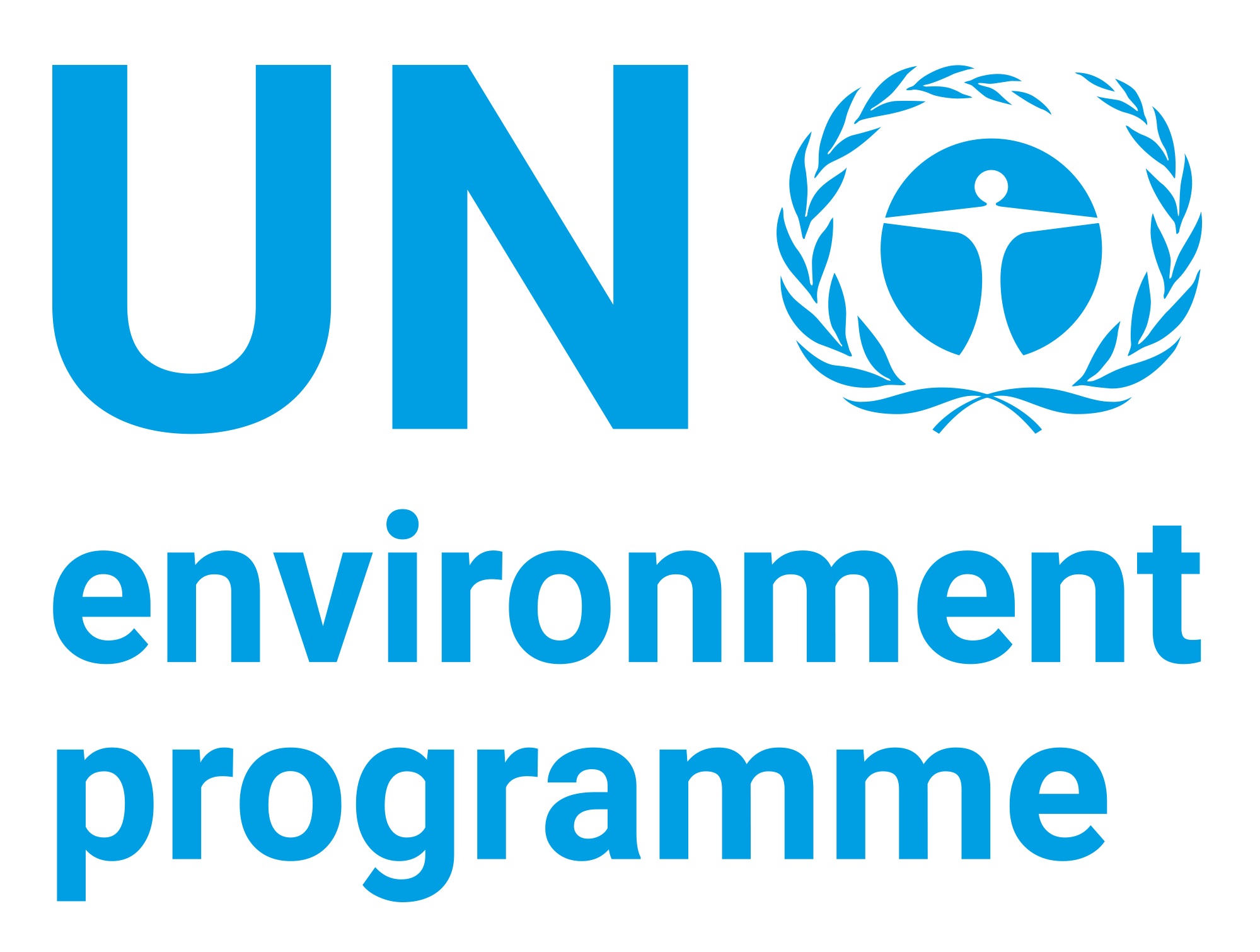Protected areas: an effective tool to reduce emissions from deforestation and forest degradation in developing countries

Date
2008Author
United Nations Environment Programme World Conservation Monitoring Centre
Citation Tool
Bibliographic Managers
RT Generic T1 Protected areas: an effective tool to reduce emissions from deforestation and forest degradation in developing countries A1 United Nations Environment Programme World Conservation Monitoring Centre YR 2008 LK https://wedocs.unep.org/20.500.11822/8554 PB UNEP AB TY - GEN T1 - Protected areas: an effective tool to reduce emissions from deforestation and forest degradation in developing countries AU - United Nations Environment Programme World Conservation Monitoring Centre Y1 - 2008 UR - https://wedocs.unep.org/20.500.11822/8554 PB - UNEP AB - @misc{20.500.11822_8554 author = {United Nations Environment Programme World Conservation Monitoring Centre}, title = {Protected areas: an effective tool to reduce emissions from deforestation and forest degradation in developing countries}, year = {2008}, abstract = {}, url = {https://wedocs.unep.org/20.500.11822/8554} } @misc{20.500.11822_8554 author = {United Nations Environment Programme World Conservation Monitoring Centre}, title = {Protected areas: an effective tool to reduce emissions from deforestation and forest degradation in developing countries}, year = {2008}, abstract = {}, url = {https://wedocs.unep.org/20.500.11822/8554} } TY - GEN T1 - Protected areas: an effective tool to reduce emissions from deforestation and forest degradation in developing countries AU - United Nations Environment Programme World Conservation Monitoring Centre UR - https://wedocs.unep.org/20.500.11822/8554 PB - UNEP AB -View/Open
Item Statistics
Display item statisticsMetadata
Show full item recordDescription
Forests play a key role in the global carbon cycle, absorbing and storing carbon in their biomass and soils. The UN Framework Convention on Climate Change (UNFCCC) discussions on reducing emissions from deforestation and degradation (REDD) in developing countries result from a recognition of the substantial greenhouse gas emissions resulting from deforestation, especially in the tropics. Depending on the method of forest clearing and the subsequent use of the felled trees and land, deforestation not only releases the carbon stored in the above ground biomass, but leads to decomposition of roots and mobilization of soil carbon.
Collections
Document Viewer
To read more, scroll down below.
Related items
Showing items related by title, author, creator and subject.
-
Aviation and the Global Atmosphere
Intergovernmental Panel on Climate Change (Intergovernmental Panel on Climate Change (IPCC), 2008)This report provides accurate, unbiased, policy-relevant information to serve the aviation industry and the expert and policymaking communities. This report considers gases and particles such as carbon dioxide, methane and ... -
Climate Change 1992: The Supplementary Report to the IPCC Impacts Assessment
Intergovernmental Panel on Climate Change (Intergovernmental Panel on Climate Change (IPCC), 2012)March 1991. These tasks were: prediction of the regional distributions of climate change and associated impacts studies, including model validation studies -
Carbon Dioxide Capture and Storage
Intergovernmental Panel on Climate Change (Intergovernmental Panel on Climate Change (IPCC), 2012)This Intergovernmental Panel on Climate Change (IPCC) Special Report provides information for policymakers, scientists and engineers in the field of climate change and reduction of CO2 emissions. It describes sources, ...




